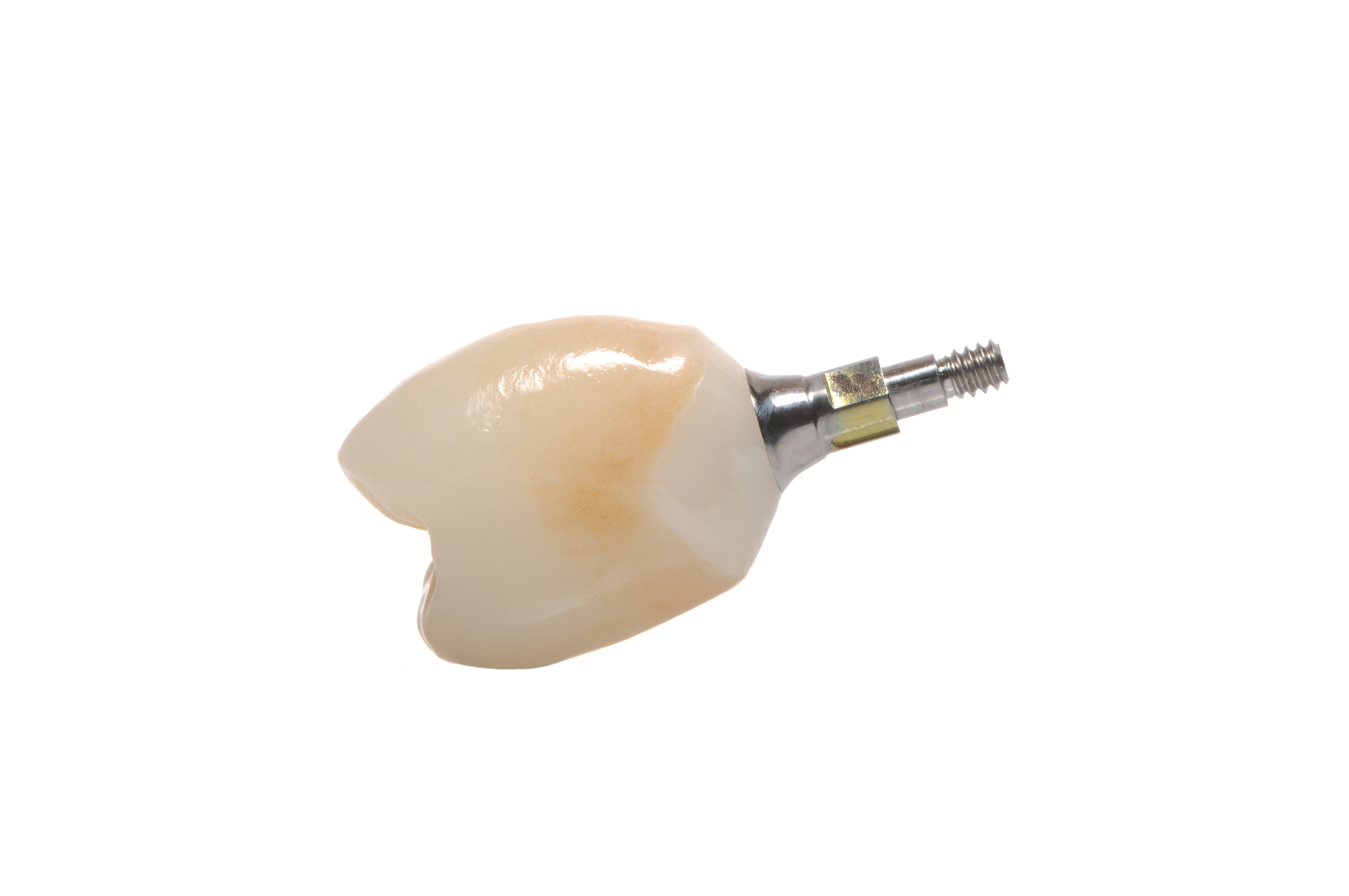Zero bone loss concepts@Lithuania

Part I. Development of crestal bone stability. Vertical soft tissue thickness: Its’ Effects on the Crestal Bone Stability.
Mucosal tissue thickness was shown to be the factor having impact on crestal bone stability. Even platform switching of the implant-abutment connection does not reduce crestal bone loss, if soft tissues at the implant placement are thin.It is suggested that thin tissues might be thickened during implant placement, thus reducing bone resorbtion. The proposals put forward depend on the bone height including (1) bone reduction to passively augment soft tissue proportion, (2) subcrestal placement to achieve greater soft tissue contact or (3) a ‘tent’ technique that involves covering the abutment with the flap to provide soft tissue growth. If bone height is not sufficient, vertical augmentation of the soft tissue is recommended with different materials – autograft, a xenograft or a dermis-derived allograft.
Participants will know:
- How to diagnose thin vertical tissues
- Implant placement depth depending on implant/abutment connection type
- Selection of materials for vertical augmentation
- How to increase vertical thickness with allogenic/xenogeneic membrane
- Reduce the bone to… save the bone
- “Tent” technique to increase crestal bone stability… and many more
Hands-ons.
Participants will learn different methods to make thin tissues thicker.
- Incision and flap release for vertical soft tissue augmentation
- Positioning and suturing of the membrane for vertical augmentation
- Bone reduction for passive soft tissue augmentation
- Implant placement according to implant/abutment connection type
Part II. Maintenance of crestal bone stability. Prosthetic factors: cement excess, subgingival and supragingival prosthetic materials, impression of deeply placed implants.
Further, it is important to preserve bone levels after prosthetic treatment. Recent research has proved that the deeper the position of the margin, the greater amount of residual cement is left undetected. The relation between position of cement excess in the peri-implant sulcus, periodontal status of the patient and severity of peri-implant disease is explained. To avoid cement excess, finished implant restoration with occlusal opening is cemented on titanium base in laboratory and restoration is attached to the implant by an abutment screw. Zirconium as a material is considered the best for peri-implant soft tissues. However, it’s evident that it must be treated in special manner and polished.


Participants will know:
- How to select cemented or screw-retained restorations
- The safe cementation without cement excess
- Easy construction of cement-screw retained restorations, using Ti bases
- Cement excess – new plague of the implants?
- The effect of zirconium on peri-implant soft tissues
- Adherence zone and plaque zone. What is the difference?
- Supragingival prosthetic material – which one to select … and many more.
Detailed program
ZERO BONE LOSS CONCEPTS
Day 1.
Development of crestal bone stability. Surgical day
9.00- 10.30
Influence of vertical soft tissues on crestal bone stability. Does platform switching save the bone? Influence of implant placement depth on crestal bone stability. What is the importance of implant-abutment connection stability? Bone remineralization and corticalisation processes in thick tissues. What is the role of bone in “Zero bone loss concepts”?
10.30-11.00
Coffee break
11.00-13.00
Four novel methods to increase vertical soft tissue thickness
a.) subcrestal implant placement
b.) Flattening of the alveolar bone
c.) “Tent pole” technique
d.) Vertical soft tissue thickening
13.00-14.00 Lunch
14.30 – 16.30
HANDS ON
1. Practice on pig jaws of vertical soft tissue augmentation with membranes
a.) Incision
b.) Blunt flap release to relief the tension
c.) Preparation of allogenic membrane
d.) Positioning of membrane
e.) Suturing of the membrane with matrix suture for stabilization
2. Subcrestal implant placement
3. Tent pole technique
4. Flattening of the bone
16.30- 17.00
Coffee break
17.00 – 18.00 Questions – answers
Day 2.
Maintenance of crestal bone stability. Prosthetic day
9.00-10.30
How to control cement remnants after cementation. Supragingival margins and individual abutments. Relation between cement and peri-implant disease. Screw-retained restorations. Use of Ti-base for fabrication of restorations. Which cement is most suitable for cementation of Ti-bases?
10.30-11.00
Coffee break
11.00-12.30
Subgingival prosthetic materials. Zirconia, titanium, ceramics – which is better. Use of ultra-polished zirconia for implant restorations. Composition of peri-implant soft tissues. Supragingival materials. Ceramics, e.max, monolithic Zr – where to use and why?
13.00-14.00
Lunch
14.30 – 15.30
HANDS ON
Prosthetic part will focus on implementing special impression method, designed by Dr. Tomas Linkevičius for deeply positioned implants, by using occlusal registration materials to stabilize the transfer.
Passive impression with specially open-tray transfers.
15.30- 16.00
Coffee break
16.00 – 17.00 Questions – answers






